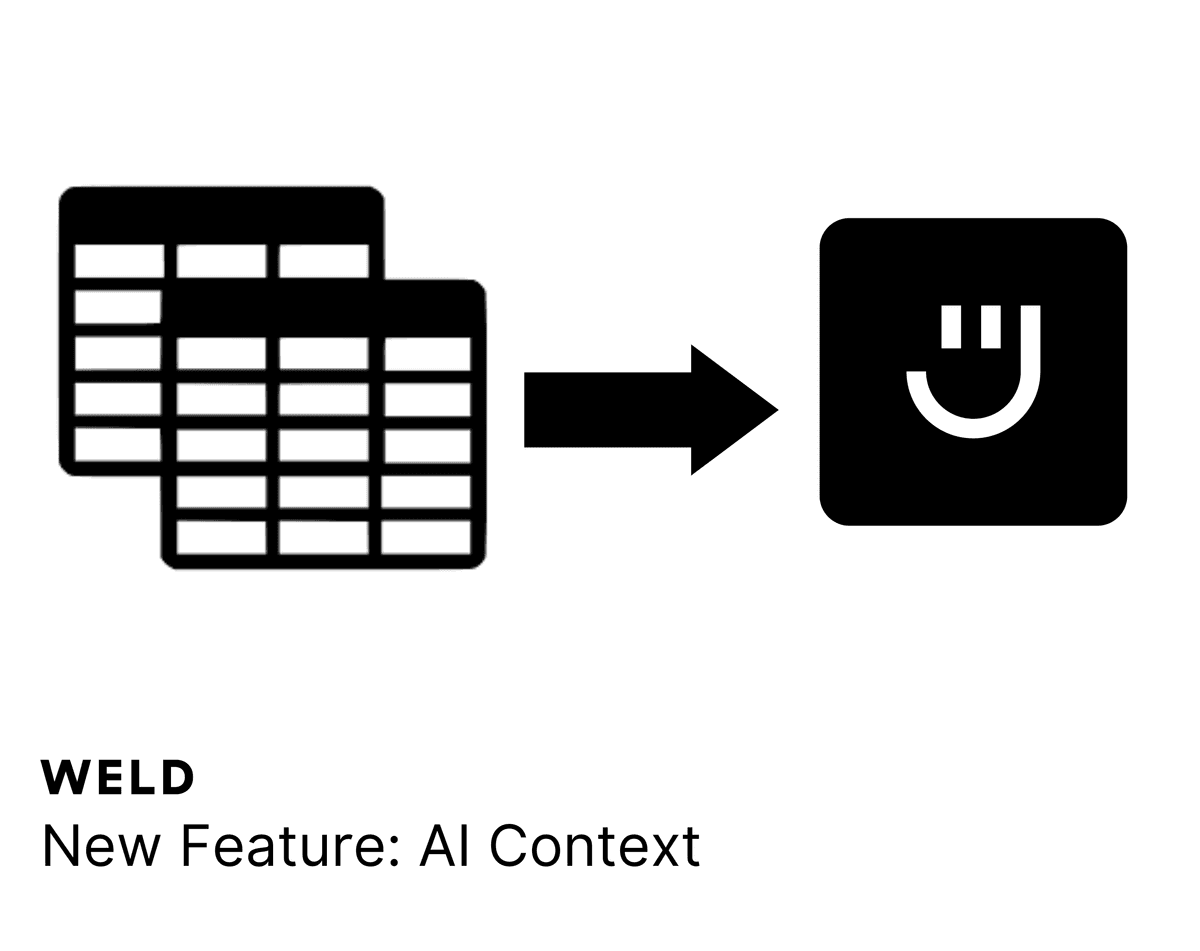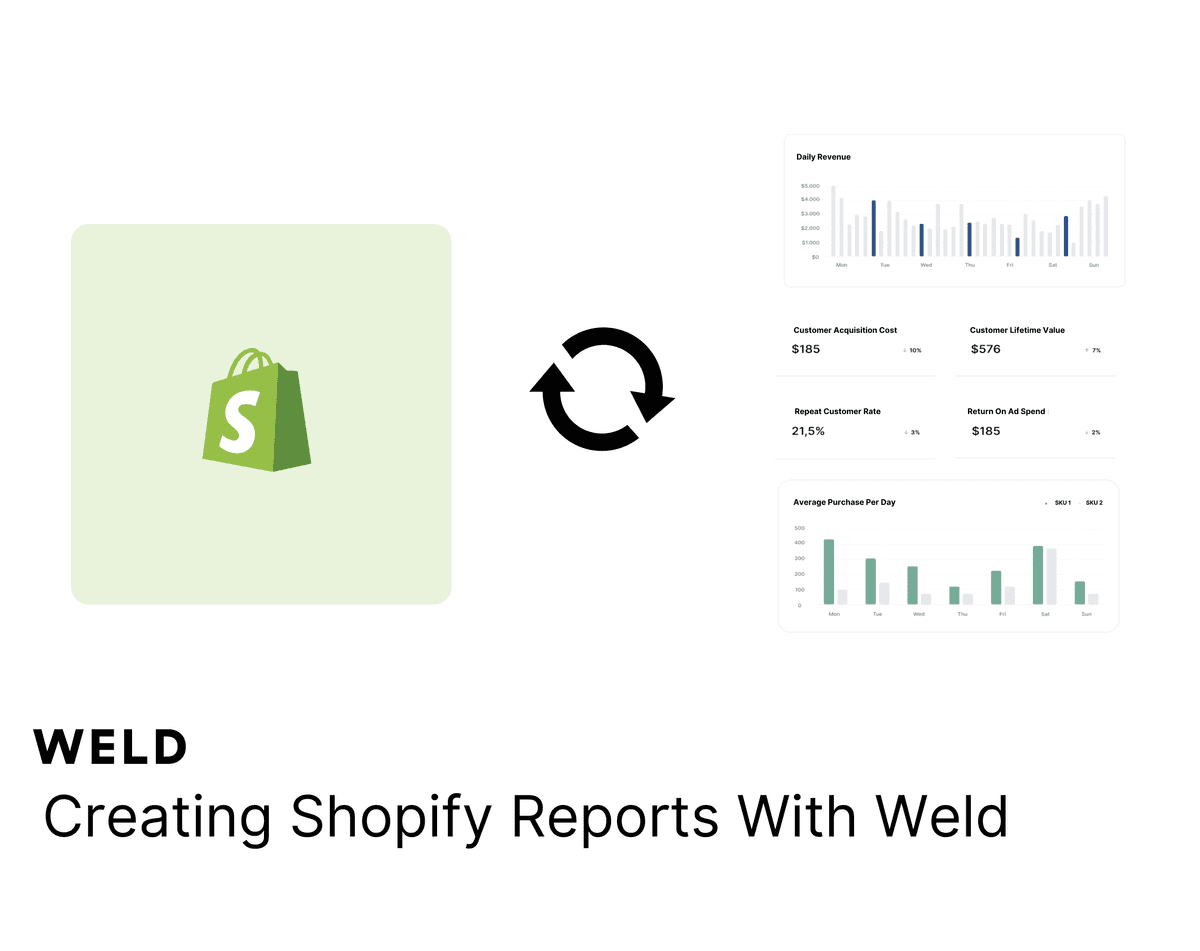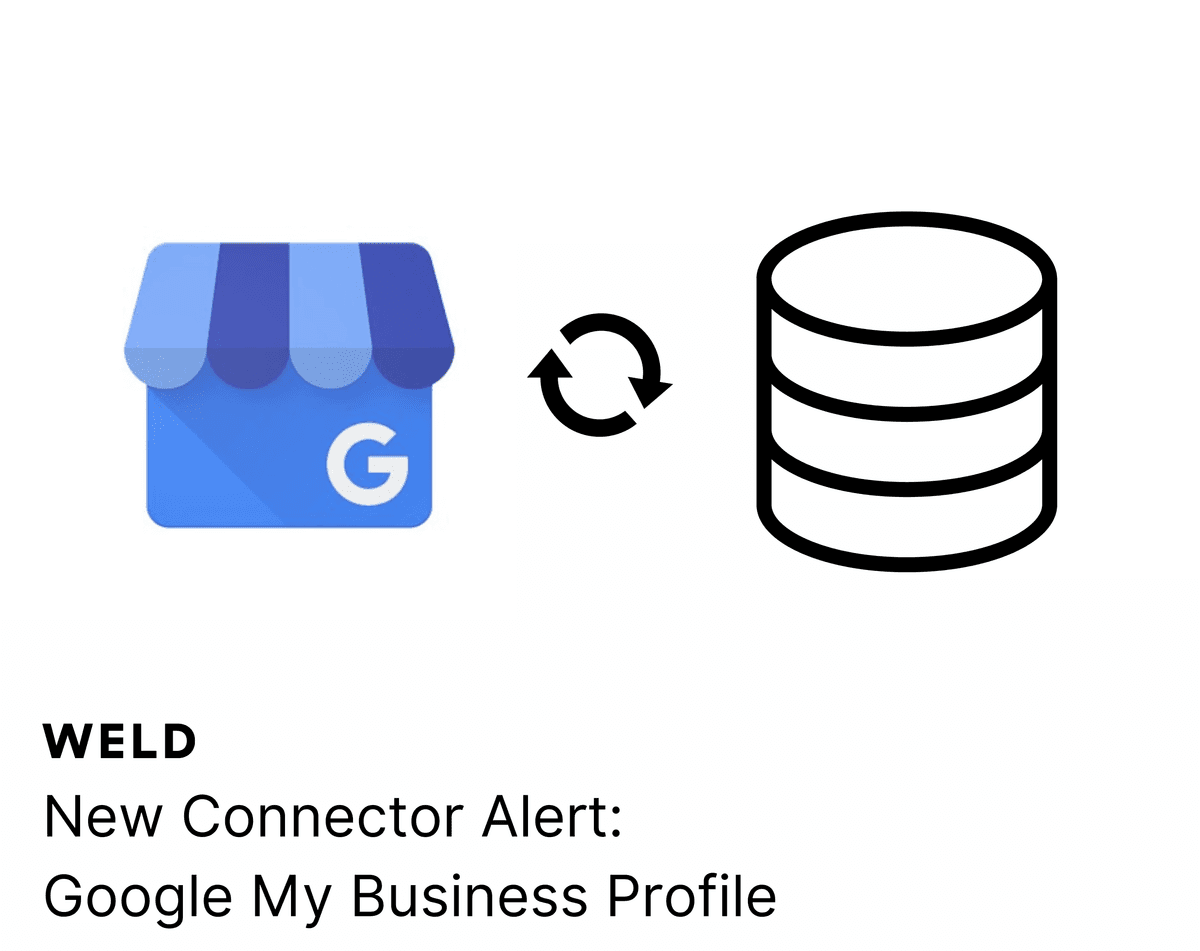
For many organizations, turning data into action is easier said than done. You might be missing out on the true value of data due to inadequate systems, untrained staff, and outdated data stacks. But there’s a solution that helps businesses better leverage their data in their operations, and this is investing in reverse-ETL.
Data is the most valuable resource at your company. Or at least, that's what you've been told it's supposed to be. Let's explore why businesses aren't seeing the returns on data that they've expected, how they can get there, and why the time is now to turn this around.
The struggle to become data-driven
Despite their best intentions and efforts, many businesses find it challenging to operationalize their data. In fact, 97% of leaders surveyed in NewVantage Partners’ 2022 Big Data and AI Executive Survey say they’re investing in data initiatives, but only 27% say they’ve created a data-driven organization.
Common challenges to becoming data-driven:
- Businesses are overwhelmed with data. It can be hard to know where to begin simply interpreting this data, let alone applying it in operations.
- A lack of accessibility means people need to have multiple tabs or apps open just to get an overview of the data points they’re trying to assess.
- Legacy data stacks are falling short. The upkeep of an array of tools, scripts, pipelines, and APIs is time consuming and expensive.
So if using data to inform decisions and streamline processes is something you haven’t quite achieved yet, you’re not alone.
What is reverse-ETL?
Reverse-ETL is the ultimate data activator. It’s how you turn the passive data in your data warehouse into actionable, extractable value. Whether you build or buy a modern data stack, you’ll definitely want to explore your options for implementing reverse-ETL. Let’s break it down a bit further.
The first component of a modern data stack is ETL (Extract, Transform, Load). ETL is how data is extracted from your apps and systems and transformed into a standard format. Ultimately, this cleaned data is loaded into your data warehouse, creating your single source of truth. Data warehouses can hold various types of data from multiple sources, keeping everything synced in the cloud and rendering it consistent and usable.
And this is where reverse-ETL comes into play. Reverse-ETL works through the pipelines that take data from your data warehouse and send it back out to various apps, services, and systems. Without it, your data sits inert in a data warehouse. But with reverse-ETL, your data is activated and distributed throughout your operations, bringing you the value you've come to expect from data in today's digital era.
Why reverse-ETL is important now more than ever
As the number of apps and software people use at work continues to grow, businesses are experiencing more and more ‘data overwhelm’. In a way, this is not a bad problem to have. You’re sitting on a gold mine of customer data just waiting to inform better decision making, instill confidence, and set you ahead of the competition.
But companies, particularly those that don’t have a data team or haven’t yet hired a Data Analyst, often face barriers when it comes to seeing the ROI from their data. Without dedicated specialists who can maintain data governance and build custom pipelines, it’s very challenging to achieve that next step of data activation. Even with a data team, it can be tough to set these systems up and keep them running — don’t forget, the increased tooling extends to data teams, too.
These are two challenges that are unlikely to go away any time soon. Statista reports that the number of SaaS apps businesses use has been steadily increasing since 2015, with an all-time high average of 110 in 2021. And Data experts are in high demand, making growing a data team especially difficult in 2022, as the New York Times recently reported in more depth.
The good news is that there are tools that perform Reverse-ETL for you, and connect with all the tools you’re already using. Whether you have yet to get your data team up and running, or you’re a specialist looking for a plug-and-play solution to upgrade to a modern data stack, investing in an exceptional reverse-ETL tool will make a world of difference in achieving data activation.

4 Key benefits of reverse-ETL for your business
These benefits of reverse-ETL help you understand the real-life value of investing in data activation, and why you should do it sooner rather than later.
1. Teams doing more impactful work
First and foremost, reverse-ETL helps you automate your workflows, and bring data straight to the places people need it. In turn, employees will spend less time switching between apps, verifying that data is correct, generating reports, and otherwise parsing through massive quantities of data.
This reclaimed time means your teams will be able to produce more high-impact work. By automating menial work with reverse-ETL, teams can focus on building new product features, developing stronger strategies, running campaigns, and otherwise producing direct value for end users or customers.
2. Better cross-functional alignment
Reverse-ETL means everyone has access to the same data, and trust in that data to drive their projects, decision-making, and processes. This improves cross-functional alignment by diminishing any data discrepancies across teams and reducing conflict or friction around what to prioritize and how to get work done.
Not only that, having data readily available across functions deepens everyone’s understanding of who you’re helping and how, the steps you’re taking to get there, and how their role fits into that bigger picture. This is how you create a united front, with everyone striving towards the same common objectives.
3. Taking a more agile, iterative approach
When data is embedded into people’s daily tasks and operations, it’s much easier to bring an agile, iterative production process to life. Teams will be quicker to spot when things are working super well, and double down on those successes. Likewise, they’ll be quicker to spot when something’s not working as well as they’d hoped and make adjustments.
Overall, this leads to everyone becoming more comfortable with running tests and experiments, and building things piece-by-piece. It’s an approach many modern business leaders want to better adopt at their company, and one of the keys to making it happen is with reverse-ETL.
4. Improved team performance
All of the above come together in this ultimate benefit. As data becomes embedded into people’s day-to-day tasks, everything becomes more streamlined, more efficient, and more strategic. And all the high-impact work they’ve made time for will start to pay off, quickly.
People have a shared understanding of goals, priorities, and measures of success. Not to mention, everyone’s equipped to be adaptive and deliver small improvements, quickly. All this to say, when data is activated and influences how work gets done, performance soon follows.
Seeing the bigger picture: Reverse-ETL in your Modern Data Stack
Whether you’re a startup striving to become more data-driven or you have a well-established data team, it’s never been more important to have a functioning, modern data stack. Gone are the days when maintaining a makeshift setup was enough to get the analytics you need, let alone turn those insights into action.
But building this type of system takes months, if not years — and it requires the time, energy, and budget of your data team, if you’re lucky enough to have one. An all-in-one data platform like Weld is developed, managed, and maintained for you. With pre-built connectors, Weld’s reverse-ETL setup can get your data streaming from your warehouse back out to your most-used apps in a matter of days, or even hours.
To learn more about how Weld can support your data operations and help you achieve data activation at your business, book a call with one of our experts.
Continue reading

New Feature - AI Context
Our AI assistant, Ed, now lets you include contexts for your prompt, beyond all the useful features it already had!

How to set up your Shopify metrics in Weld
Learn how to set up your Shopify metrics in Weld and get actionable insights from your data.

New Connector Alert - Google My Business Profile
Looking to optimize your Google My Business Profile reporting? With our new ETL connector, you can effortlessly integrate your Google My Business Profile data with all your other data sources. Create a comprehensive view of your business metrics, enhance your analytics, and make more informed decisions with ease!





